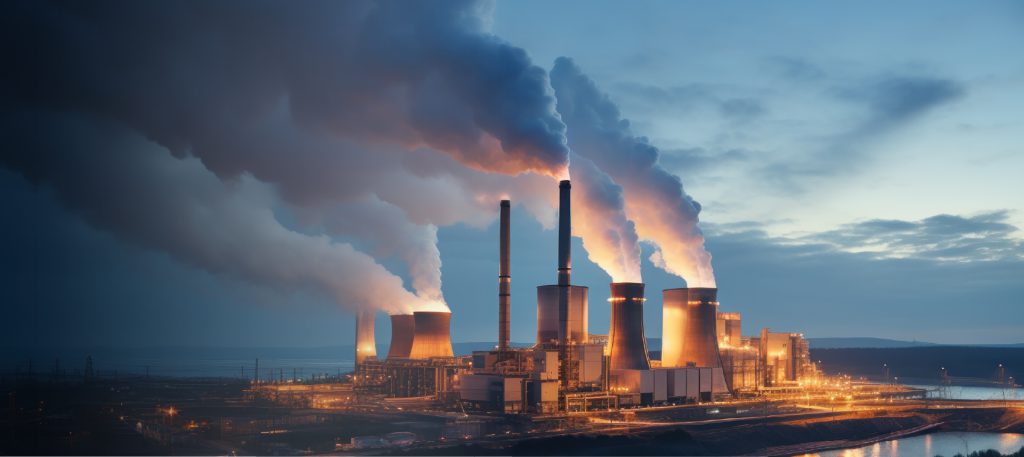

In the complex scenarios of industrial production, the dust generated during processes such as large - scale structural welding and plasma cutting has always been a difficult problem to address. The irregular welding positions and huge workpieces make dust capture extremely challenging, and traditional dust removal equipment often fails to meet the requirements effectively. The emergence of the MLWF3000C blow - suck centralized dust removal system for workshops provides an innovative solution to these complex working conditions.

(1) Blowing System: Precise Pressure Control for Balanced Air Supply
The blowing system of the MLWF3000C breaks the conventional thinking and achieves pressure balance by increasing system resistance. In large workshops, different air outlets are at varying distances from the main unit. If the air pressure is transmitted without differentiation, the air volume at the far - end outlets will be weak, while the air at the near - end outlets will be too strong, resulting in chaotic blowing at the near - end and ineffective suction at the far - end. This system cleverly designs the pipeline resistance to distribute the air pressure reasonably along the air supply path. Whether it is 18 manual welding stations, plasma cutting (20×3.5m and above), laser cutting (8025 and above), or other work points, the air pressure at the air outlets is uniform and stable, forming a continuous "airflow guidance network".
(2) Suction System: Reducing Resistance to Enhance Efficiency and Ensure Purification
Cooperating with the blowing system, the suction system of the MLWF3000C adopts the strategy of reducing system air pressure to minimize resistance. During the welding of large workpieces, the dust diffuses widely and has a complex flow path. Excessive air pressure can cause air flow disorders, allowing dust to escape instead. The MLWF3000C optimizes the layout of the suction pipeline and the matching of the fan. While reducing the air pressure, it ensures that the suction resistance is controllable, enabling the dust to be smoothly sucked into the purification unit. In welding workstations and under continuous high - load working conditions, the purification effect remains stable, keeping the workshop air fresh at all times.
The MLWF3000C is specifically designed for complex working conditions:
The innovation of the MLWF3000C lies not only in technology but also in redefining the dust removal standards for complex working conditions:
The MLWF3000C blow - suck centralized dust removal system for workshops, with its unique air pressure control logic and strong adaptability to complex working conditions, injects new vitality into the industrial dust removal equipment industry. In the face of the challenges of difficult dust capture in welding and complex dust generation in multi - process collaboration, it uses the innovative solution of "one blow and one suck" to protect the health of workers and promote production upgrading. It has become a benchmark for solving complex problems in the industrial dust removal field, leading the industry to explore a more efficient and intelligent dust removal future.

